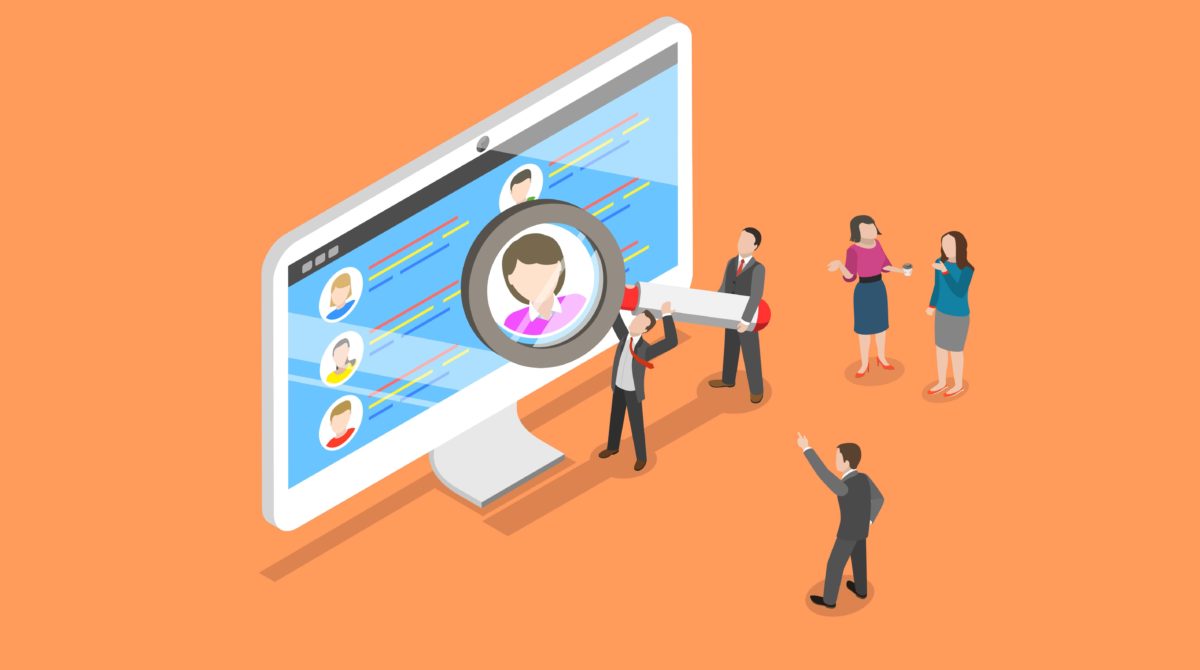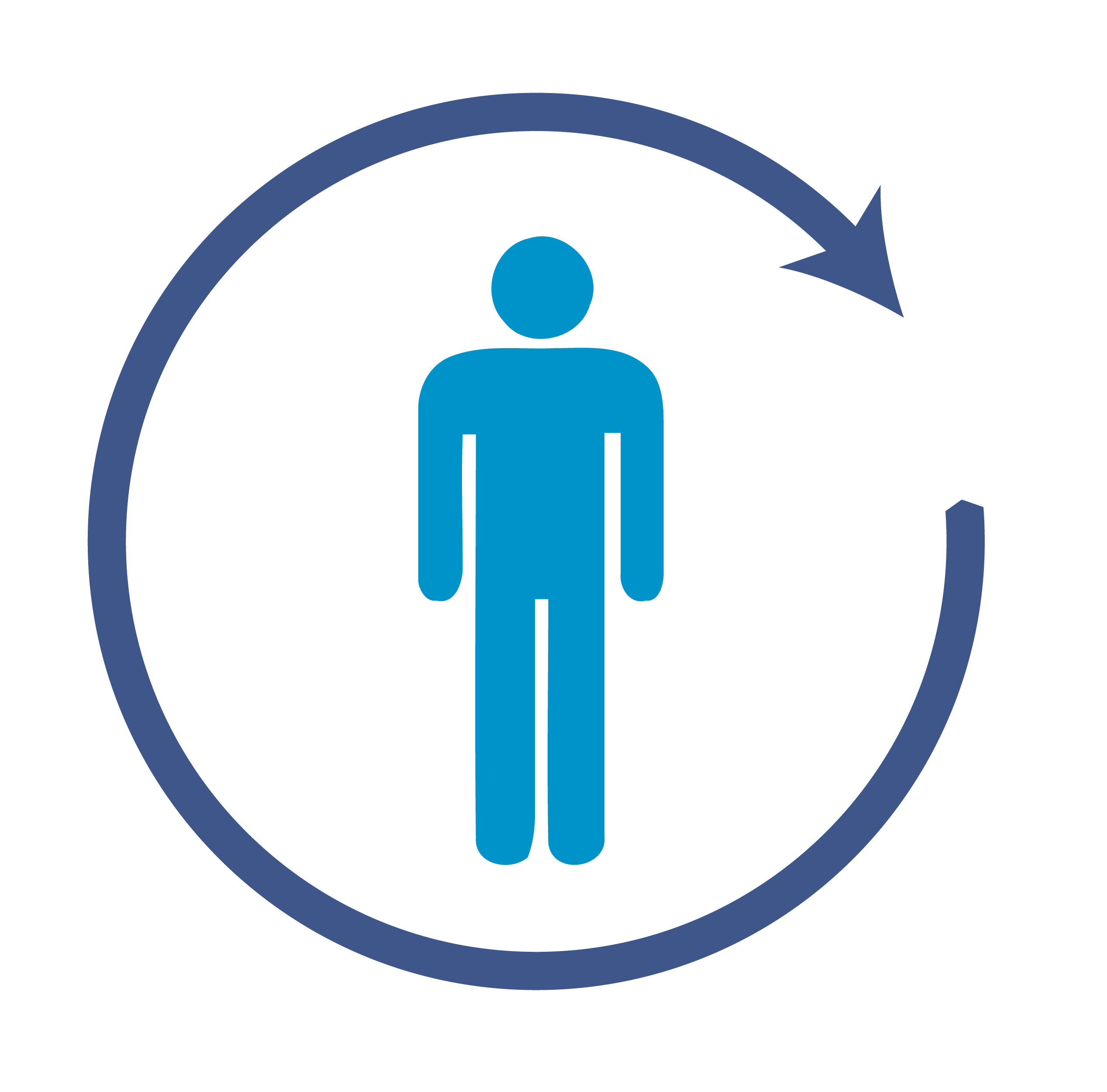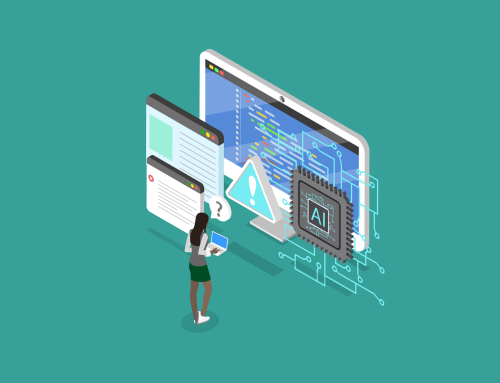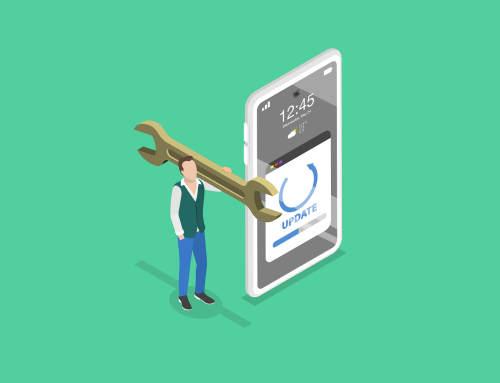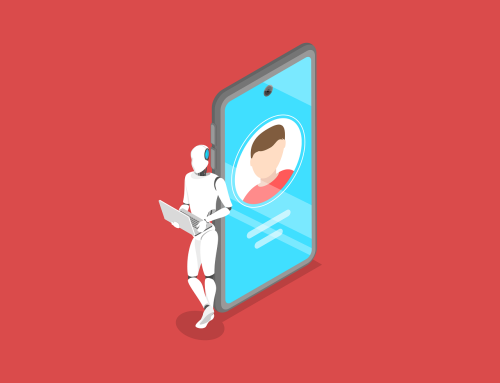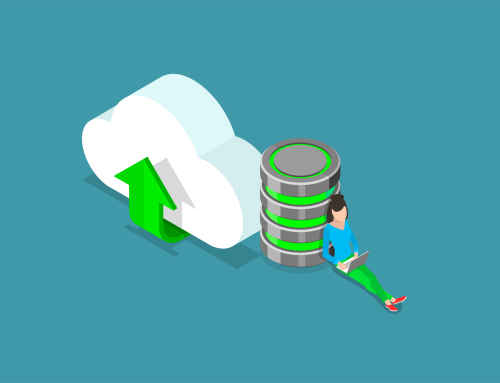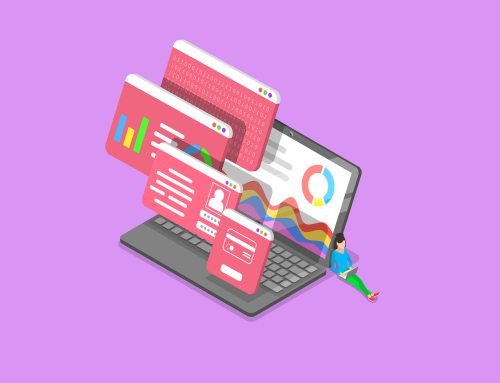What a Single Customer View is & why you need one!
Despite its growing popularity, 81% of marketers still struggle to create a single view of their customers, according to a 2016 survey by Experian.
We all know that companies gather a huge amount of data on their customers. But due to an often-fragmented customer journey, it can be difficult for organisations to piece together this data to get a 360-degree view of customers.
For example, often companies have multiple touchpoints at which customers interact with them, in-store, online, over the phone, etc.
Creating a link between this data to identify a particular customer helps to improve their overall experience with your brand. This is where the Singular Customer View (SCV) comes into play.
But To understand ‘single customer view’, we need to examine another phrase, namely that of ‘multichannel customer service’.
Multichannel Customer Service
Multichannel Customer Service simply refers to the ‘multiple’ channels through which customers can interact with your brand.
For the majority of organisations, there is not just one single point through which customers communicate with them. Two-way communication is often facilitated through a mix of instore, online, phone or direct mail.
Having multiple channels can help to improve a company’s overall Customer Experience (CX) as customers will make contact via their own preferred channel, not yours.
However, although having multiple touchpoints available can help to improve CX it can also complicate things. This is due to the fact that often times different channels are run by different teams within the same organisation.
This can impact negatively on the CX.
Take for example a customer who wants to complain about a faulty product. They go online to find the company contact details. While there, they see a chatbox & decide to make a complaint online.
The chatbox operator can’t assist them with the query and so they are directed to a company contact number.
They have to explain the situation once more over the phone to only be told that they must go instore to return the product.
Once in store, the customer explains the issue for a third time before reaching a solution.
In this instance, a SCV is necessary as it provides businesses with the ability to track customers and their communications across every channel.
Having the ability to link this data to one another allows you to build a personalised picture of the customer and their journey. Which in turn means you can provide them with a better experience, improving satisfaction.
Single Customer View
So now that we have that ironed out let’s get down to the nitty-gritty.
A Single Customer View has been defined as;
“A single customer view is an aggregated, consistent and holistic representation of the data held by an organisation about its customers that can be viewed in one place.”
Although this is a pretty comprehensive definition it is important to note that the single customer view should be seen as something that is continually evolving as new data flows through the organisation. It is not static and should therefore not be looked at as a one and done but as an ongoing activity.
By taking a close look at your customer data management practices across the organisation you can develop an SCV to empower whatever comes next for your marketing goals. And more importantly, achieving the single customer view allows you to deliver the experiences your customers expect.
How to go about creating one?
Well that’s where we come in. Here in Dataconversion we work with companies to develop the software necessary to gain a single view of their customers. We help you to enhance customer service, create new sales and cross-selling opportunities, find new customers and of course drive sales.
Want to find out more? Then be sure to get in touch!
We will also be hosting an event with the MII in November which will focus on Single Customer View. Head over to the Marketing Institute website to find out more!


